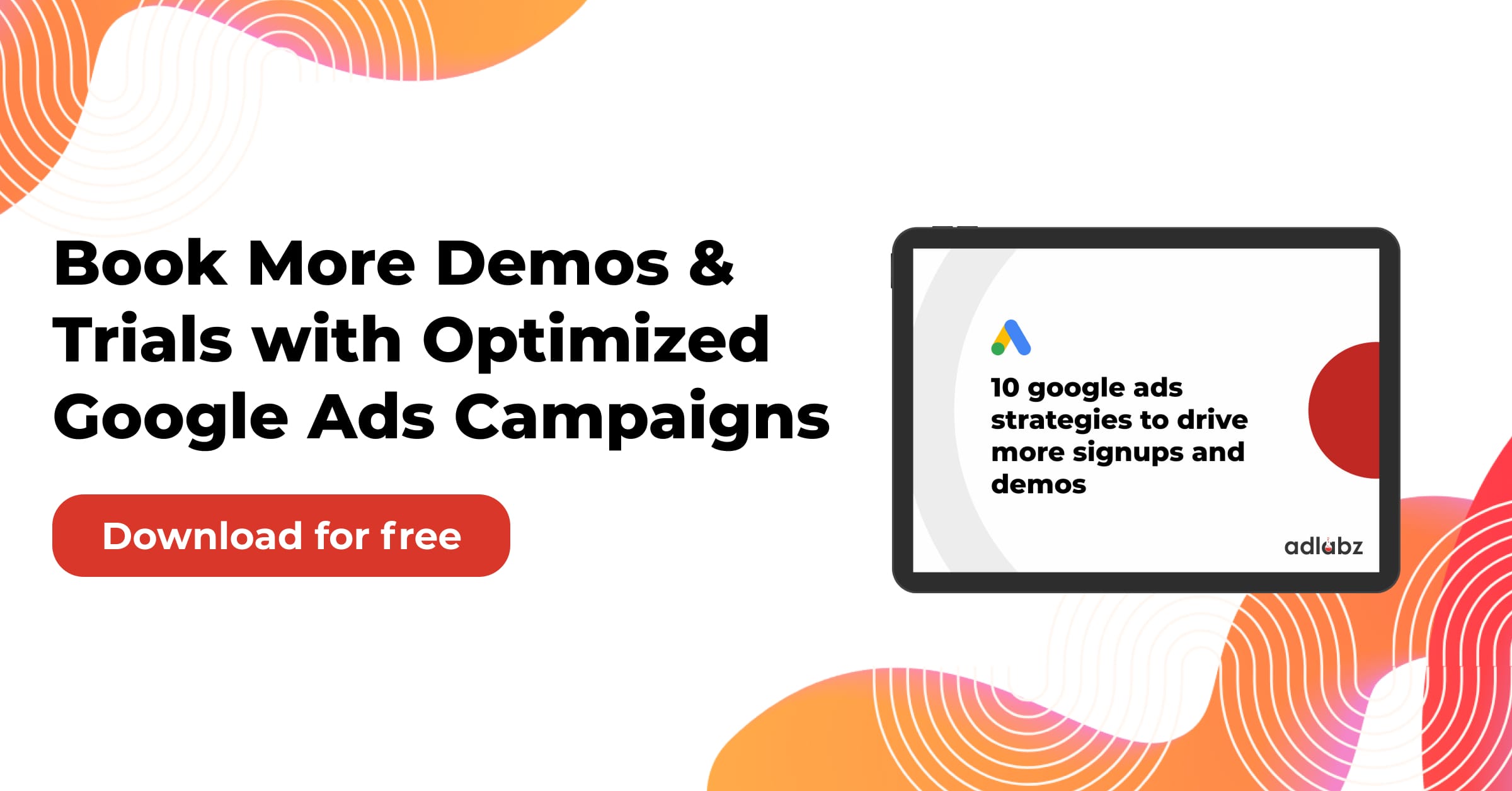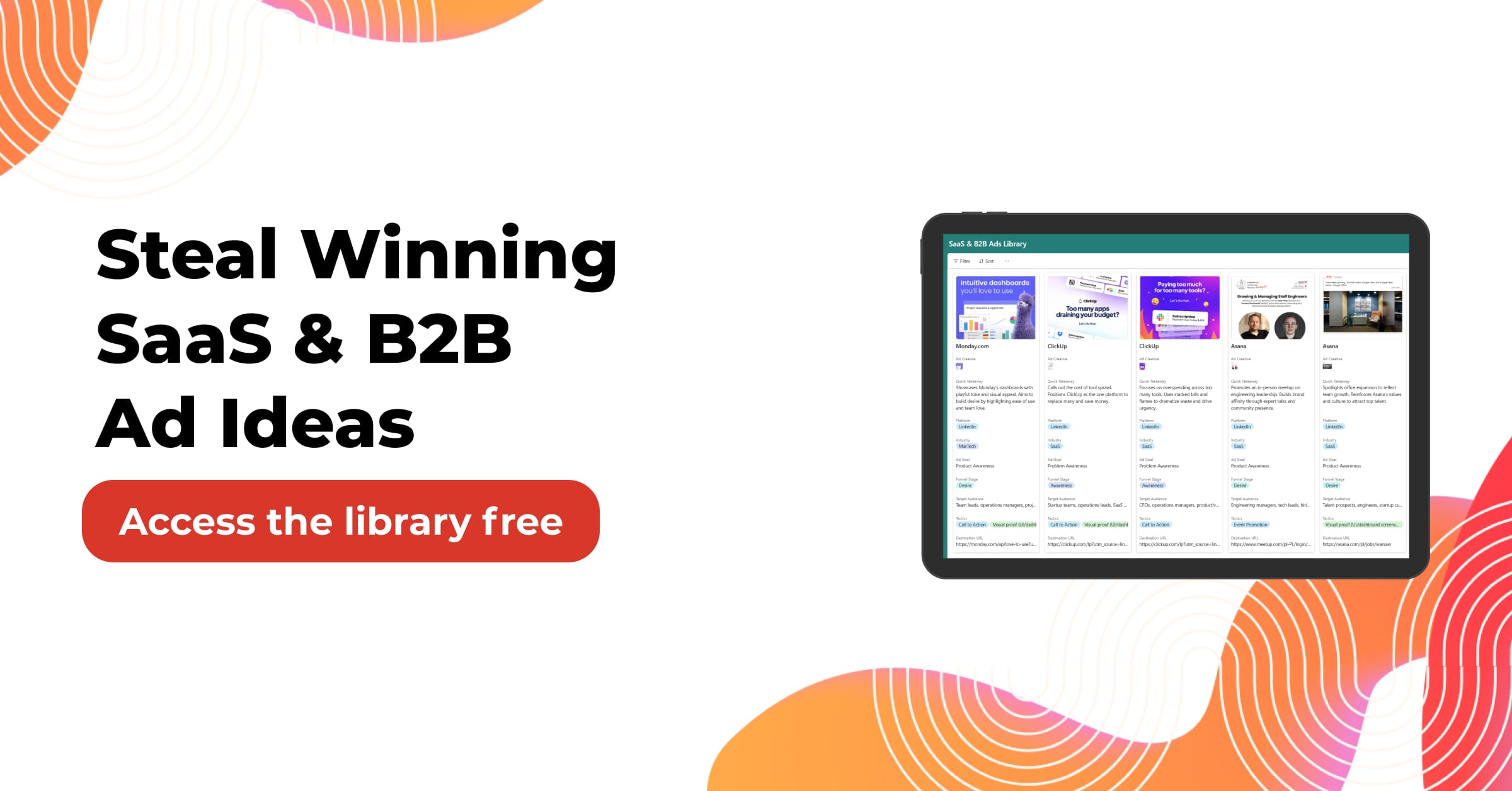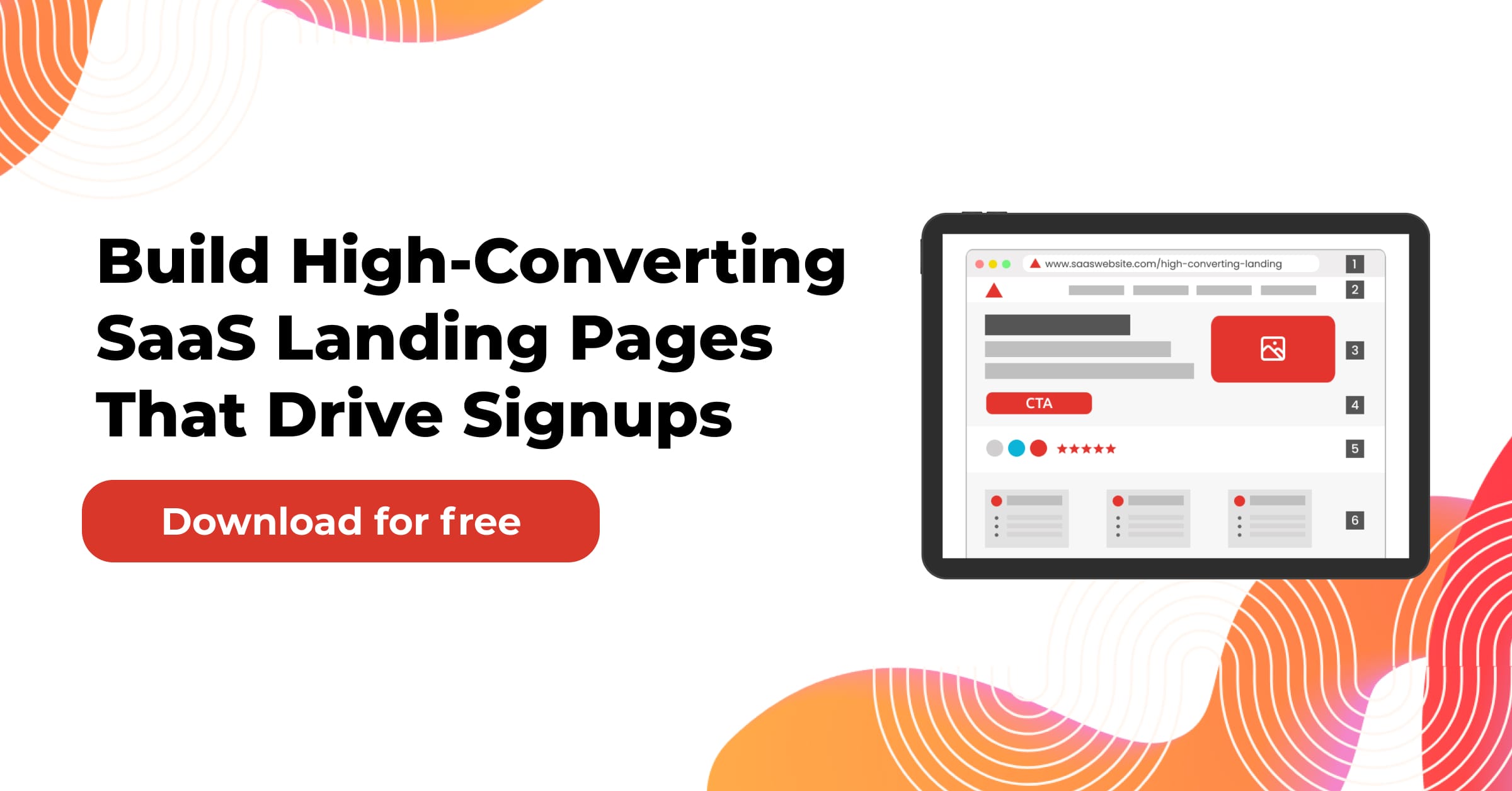The Software-as-a-Service (SaaS) sector remains in a stage of acceleration, as organizations large and small embrace cloud-based products to enhance their workflow. However, as small and mid-sized businesses (SMBs) often look for an affordable and easy-to-use tool, Enterprise Clients have quite different needs. Super large organizations require strong security, virtually limitless scalability, rich customization options, and enterprise-level support.
If you are hoping to break into the lucrative market, you need to take a hard look in the mirror and ask: Is your SaaS ready for Enterprise Clients?
In this post, we will cover the fundamental features your SaaS platform must have to fulfill requirements, win high-value contracts, and ultimately gain long-term success with these lucrative customers.
Table of Contents
Understanding the Enterprise Client Mindset
Before getting into the technical features on offer, it is worth covering how the Clients assess their SaaS solutions. Enterprises evaluate potential software partners differently than SMBs:
Scalability: Can the platform scale to thousands of concurrent users and massive data volumes without performance degradation? They require solutions that not only meet their needs today but also scale with them and can handle periodic spikes in usage.
Security & Compliance Does the solution satisfy rigorous regulatory requirements applicable to their industry? The enterprise cannot function without compliance, whether GDPR and SOC 2, HIPAA, or otherwise.
Customization & Integration Ability to handle complex workflows and integrate with existing enterprise systems Standalone solutions are rare — they need your SaaS to integrate smoothly into their technology ecosystem.
Reliability & Uptime Is there an SLA that guarantees high uptime? For enterprises, a few minutes of downtime can lead to losses.
In addition to these major concerns, enterprise buyers also assess:
- Vendor track record and stability: Have you delivered successfully for other large organizations? Is your business in good financial health?
- The flexibility of the contract: Ability to customize pricing and terms based on their needs?
- Total cost of ownership: What are the long-term costs beyond the subscription fees?
- Strategically aligned: Will your product roadmap meet their future needs?
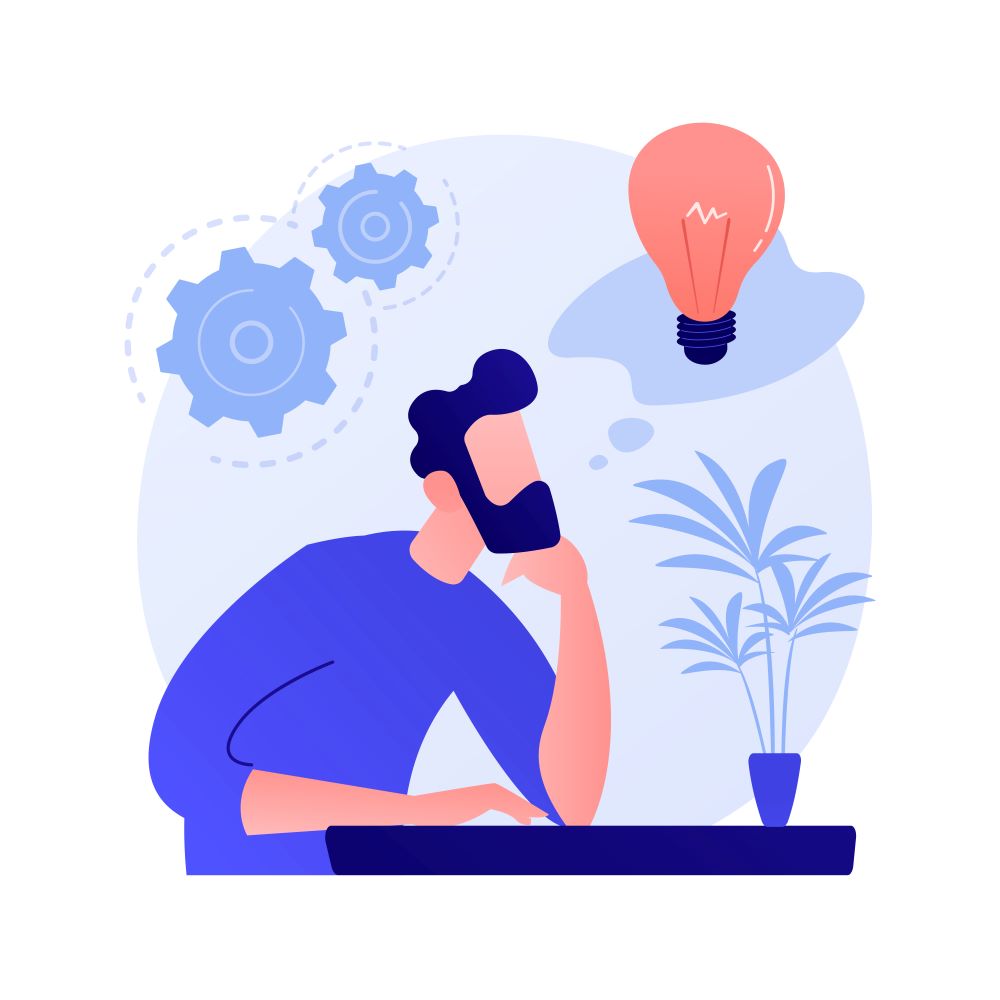
Security & Compliance: The Non-Negotiable Foundation
Security is still, by far, the #1 concern for Enterprise Clients. One data breach can lead to millions of dollars in financial losses, crippling legal penalties, and irreparable reputational damage.
Enterprise-Class Security Features
Enterprise trust is one of the few points of privilege for a SaaS, and you can’t earn it without ensuring the following:
End-to-End Encryption
- Encryption of data at rest (in storage) and in transit (when being transmitted)
- Compliance with modern encryption standards (at least TLS 1.2+ and AES-256)
- Maintain regular rotation policies and secure key management
Multi-Factor Authentication (MFA)
- Minimum MFA enforcement for administrative & high-privilege accounts
- Enterprise identity provider (Okta, Microsoft Azure AD) integration capabilities
- Authentication policies and session management per application
What Is Role-Based Access Control (RBAC)
- Fine-level Access allows users to grant user permission based on role
- Auditing logging to maintain a record of all usage
- Policy enforcement of the principle of least privilege across the platform
Conduct Regular Security Audits & Penetration Testing
- Tried and tested security certifications by a trusted third-party
- Regularly scheduled penetration testing to spot vulnerabilities ahead of the bad guys
- Open vulnerability and remediation programs
Compliance Certifications
Most enterprises function in a regulated field. Your SaaS has to match the specific standards:
- The General Data Protection Regulation (GDPR) for dealing with European user data
- SOC 2 Type II to show that data management practices are secure
- Applications in healthcare industries must be HIPAA-compliant
- ISO 27001 certification for Information Security Management
- PCI DSS for solutions dealing with payment data
If you still don’t have these security measures and compliance certifications, no enterprise will think about your platform, no matter how many other features or benefits it has.
Scalability: Growing with Enterprise Demands
If your SaaS fails to support sudden influxes of users or data, they will abandon your service and churn to another more capable solution.
Key Scalability Features
Multi-Tenant Architecture
- Multi-In single–Architecture enabling several clients to securely run on a single instance
- Far stricter data separation between various client environments
- Resource allocation controls to protect performance across tenants
Elastic Cloud Infrastructure
- Ability to auto-scale through major cloud providers (AWS, Azure, Google Cloud)
- Smart load balancing for distributing traffic to back-end resources
- Capacity planning in response to observed usage patterns and growth forecasts
Active/Active Setup (Terracotta) or Active/Passive Setup (HA)
- Deployment of redundant servers across distributed data centers
- Data loss prevention through automatic backup systems and failover mechanisms
- Well-defined Recovery Time Objective (RTO) and Recovery Point Objective (RPO)
Database Optimization
- Familiar with modern database approaches (sharding, indexing, Redis/Memcached caching)
- Capable of handling a large number of transactions with low latencies
- Write optimized queries and manage data effectively

Customization & Integration: Fitting Into Complex Ecosystems
There are few cases for enterprises to use SaaS solutions as stand-alone — they expect it to integrate with the already present technology stack and accommodate unique business processes.
Must-Have Customization & Integration Capabilities
API-First Design
Full-featured RESTful APIs that support integration with third-party systems
Webhook support to push real-time events and automation
Complete API documentation with code examples and usage guides
White-Labeling Options
- Ability to customize branding (logos, color schemes, domain mapping)
- User experience customizability to ensure compliance with corporate identity requirements
(SSO) Enterprise Single Sign-On
- Industry-standard authentication protocols (SAML 2.0, OAuth 2.0, LDAP) support
- Native integration with enterprise identity providers such as Active Directory and Okta
- Automation of User provisioning and de-provisioning
Workflow Automation & Custom Fields
- Customization of dashboards, reports, and approval workflows to suit business processes
- Create and manage custom fields for your organization-specific data
- Business user low code/no code configuration options
Enterprise-Friendly Pricing Models
We all like pay-as-you-go models, but when it comes to enterprises, they need flexible and predictable pricing that works for their scale and budgeting process.
Pricing Strategies that Aid Success in Enterprises
- Volume-Based Discounts and Custom Quotes
- Pricing models based on tiers of users, features, or usage metrics
- Annual or multi-year engagement (negotiable contracts)
- More flexible payments and licensing options for large deployments
Annual Billing Options
- Special Rates for Annual Payments Upfront
- True-up provisions to deal with unanticipated growth
- Payment schedules that fit the bill—literally
How transparency on the total cost of ownership.
- All charges beyond subscription fees should be spelled out
- Consistent pricing for add-on services (implementation support, training, etc.)
- Clear upgrade paths as requirements change
Without transparent pricing, organizations will either demand excessive discounts or choose competitors with more suitable commercial terms.
Related Article: https://www.adlabz.co/building-an-impactful-b2b-saas-marketing-budget
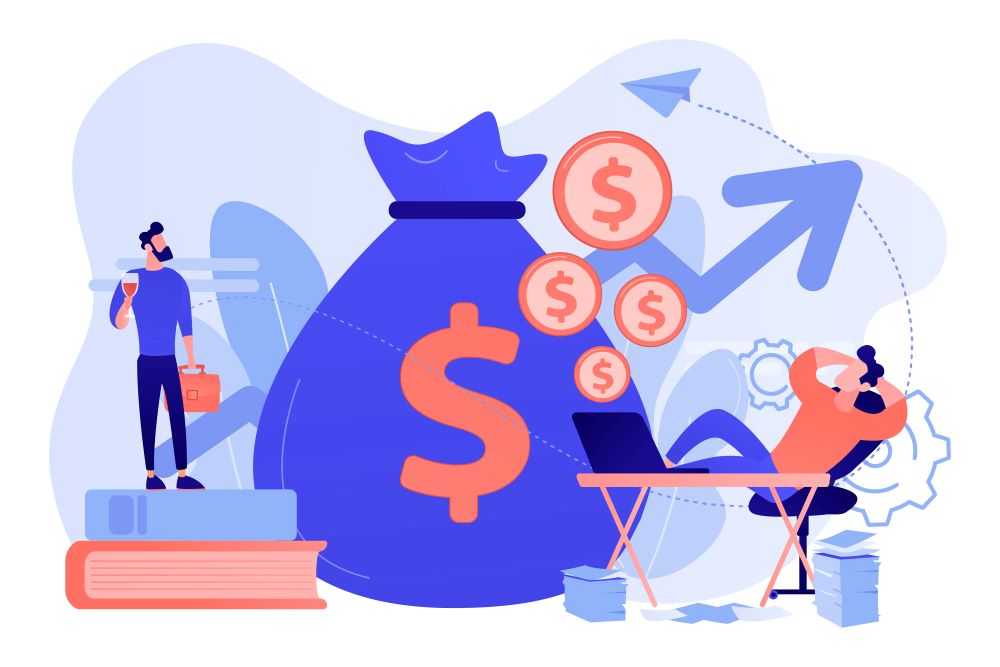
Data Migration & Enterprise Onboarding
Moving to a new SaaS platform essentially is a monumental task, especially for these organizations that have tons of existing data and workflows.
Essentials of Migration & Onboarding
- Momentous Data Migration: All-in-One Data Migration Tools
- Ability to import/export between multiple formats (CSV, SQL, API)
- Migration processes include validation for data integrity
- Data mapping features of complex legacy systems
Specialist Migration Support
- Complex data transfers can consume a lot of technical resources.
- Extensive testing procedures have been established before the full rollout
- Assessment of migration risk and mitigatory plans
Phased Implementation Options
- Gradual rollout capabilities by department or geography
- Pre-deployment configuration and testing with sandbox environments
- Option to run parallel during the transition period
Analytics & Reporting For Data-Driven Decisions
Enterprise clients depend on data insights to guide strategic decisions as well as to gauge the return on investment of their technology initiatives.
Analytics Capabilities Organizations Need
Dashboards & Reports that are Customizable
- Business user’s intuitive report builders
- Distributing important metrics to stakeholders on a schedule
- Organizational structure-based role-based access to analytics
Business Intelligence In Real Time
- Real-time tracking of an important KPI
- Historical comparisons and trend analysis
- Predictive analytics for unlocking new opportunities and challenges
Flexible Data Export Options
- Integration with enterprise BI solutions (Power BI, Tableau, Looker)
- Access raw data via API for custom analysis
- Generation of reports in varied formats (PDF, Excel, etc.) automated
Without strong analytics capabilities, your SaaS offering is less strategically valuable to their users looking to drive business impact.
Conclusion: Assessing Your Enterprise Readiness
Enterprise Clients cannot be won and retained with only a good core product, they have a broad set of requirements in security, scalability, customization, reliability, and support.
To put your SaaS in the enterprise field of vision:
- Differentiate between where your capabilities currently are (an honest assessment) against their expectations (what you need to deliver)
- Focus on closing the gaps that will hold back enterprise adoption
- Speak to enterprise prospects directly to validate their unique pain points and needs
- Create a strategic roadmap for where you need your platform to go
- Think about having an enterprise version with proper features and service levels
With targeted improvements on your path to become enterprise-ready for your SaaS, you will not only open growth engines with bigger, but also more stable clients, but finally generate steady revenues and sustainable growth in the increasingly competitive SaaS marketplace.
You might also be interested:



